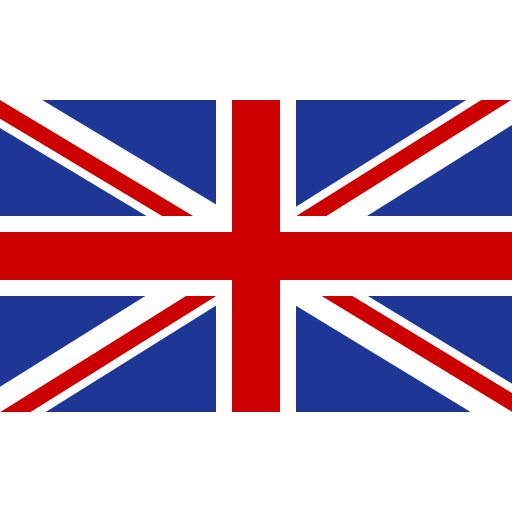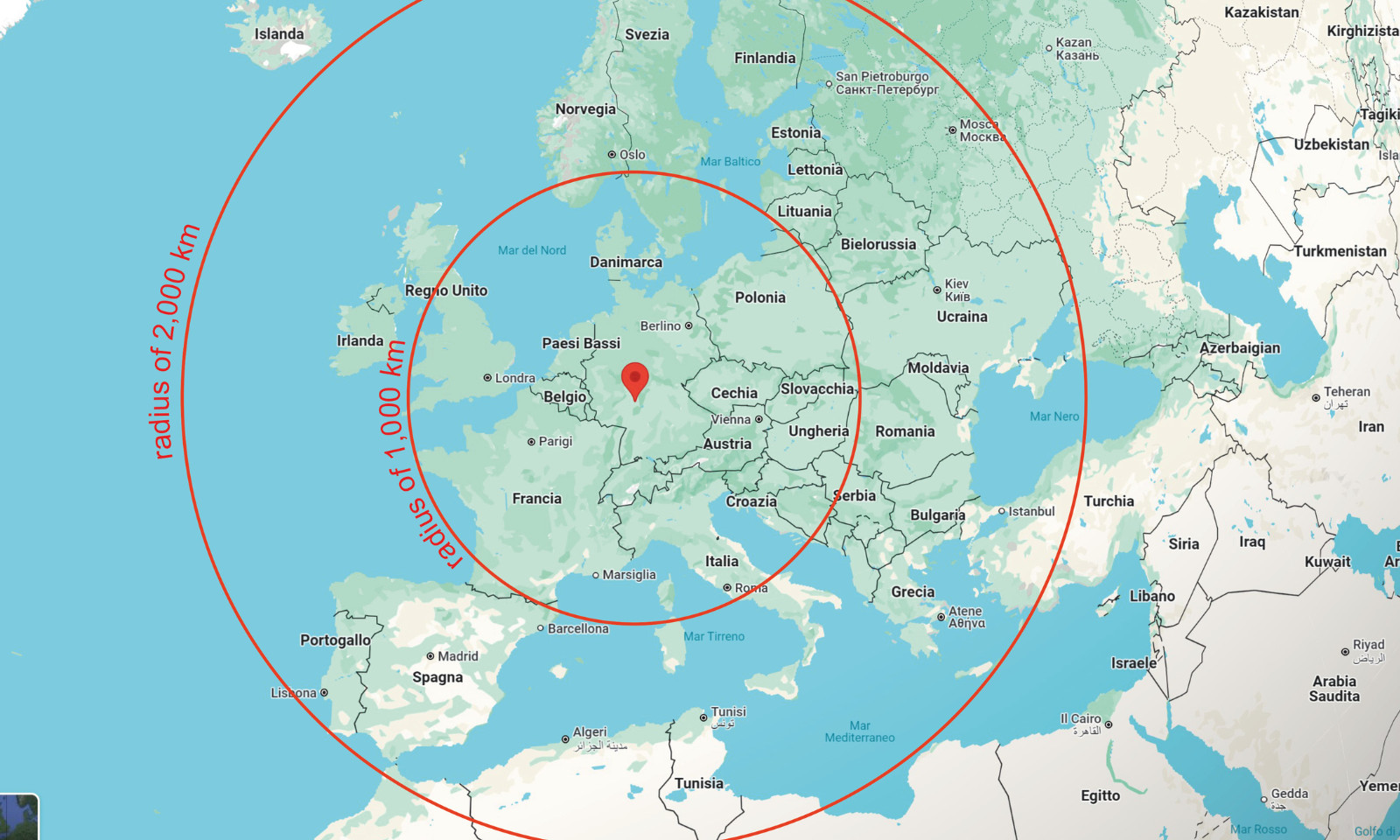DCF77 is a standard time signal transmitted by radio from a station located in Mainflingen, near Frankfurt am Main, Germany. This signal is mainly used to synchronise radio-controlled clocks in Europe and other equipment requiring an accurate time source.
Here is a complete overview of the DCF77 system:
Who broadcasts DCF77?
- DCF77 is transmitted by the Physikalisch-Technische Bundesanstalt (PTB), which is the German national metrology institute. The PTB operates the atomic clocks that provide the time signal.
- The broadcasting station is owned by the German company Media Broadcast and is located in Mainflingen, about 25 km southeast of Frankfurt.
How does the transmission of the DCF77 work?
- Frequency: The DCF77 transmits a low-frequency signal of 77.5 kHz (hence the name DCF77).
- Signal format: The signal contains information on the time, date, day of the week, daylight saving time or solar time, and other data. It is transmitted in a modulated format: a pulse is transmitted every second of the minute to indicate the start of the second. The length of the pulse varies to indicate whether the transmitted bit is a "0" or a "1", thus encoding the time data.
- Atomic clocks: The signal synchronisation is derived from cesium atomic clocks and rubidium clocks, ensuring extremely high accuracy.
DCF77 coverage The DCF77
- Signal has a very wide range due to the low frequency used for transmission. Under optimal conditions, the signal can be received up to 2,000 km away from the transmitting station.
- The main coverage includes almost all of Europe:
- Germany, Austria, Switzerland and France have excellent reception.
- The Netherlands, Belgium, Poland, the Czech Republic, Hungary, Spain, Italy, the UK and even Scandinavia can also receive the signal.
- Reception becomes weaker in more remote areas, such as the southern part of Spain, or in mountainous regions or regions with geographical barriers.
- During the night, signal propagation improves considerably due to the weather conditions, which allows for more reliable reception over long distances.
How is the signal received?
- Clocks and radio-controlled equipment equipped with a DCF77 receiver can decode the signal and synchronise automatically. This allows the clocks to remain synchronised with the exact time at all times without the need for manual intervention.
- Reception can be affected by electromagnetic interference (e.g. electronic devices or power lines) and geographical location (thick walls or underground areas can reduce signal reception).
Accuracy of DCF77
- Transmission is extremely precise, with a time accuracy of approximately 1 millisecond compared to signal-generating atomic clocks. This accuracy makes it ideal for radio-controlled clocks and other applications requiring high accuracy, such as scientific equipment or timekeeping systems.
- Although the range is extensive, reception accuracy may be slightly compromised in regions further away from the transmitting station.
Applications of DCF77
- Radio-controlled clocks: Most radio-controlled clocks in Europe are based on the DCF77 signal for automatic time synchronisation.
- Industrial timing systems: The DCF77 is used in industrial environments to synchronise timing systems, recording devices and other equipment.
- Computer systems: In some contexts, servers and network devices use the DCF77 signal to keep their internal clocks synchronised, as an alternative to Internet-based technologies such as NTP.
- Scientific devices: Instruments and devices that require extremely accurate time synchronisation, such as astronomical observatories or research laboratories, can make use of the DCF77 signal.
Benefits of the DCF77
- High Accuracy: Thanks to its atomic clock-based transmission, the DCF77 guarantees impeccable time accuracy.
- European coverage: The Mainflingen station covers most of Europe with reliable reception, especially in central areas.
- Automatic operation: clocks and radio-controlled devices synchronise automatically without the need for manual intervention, also adjusting daylight saving time automatically.
DCF77 limitations
- Dependence on propagation: reception quality depends on the distance from the transmitting station and weather conditions, particularly at night when reception improves.
- Interference: electromagnetic interference from electronic devices can reduce signal quality, especially in dense urban areas.
- Geographical limitation: Although the signal has a wide range, there are other regions outside Europe that use different transmission signals (such as WWVB in the US or JJY in Japan), so DCF77 is more useful for those who live or use devices in Europe.
Alternatives in the world
In addition to the DCF77 signal, there are other hourly broadcast stations in different parts of the world, each covering a specific geographical region.
- In the United States, the most widely used radio-controlled time signal is the WWVB, transmitted by the National Institute of Standards and Technology (NIST) from the station in Fort Collins, Colorado, operating at a frequency of 60 kHz.
- In Japan, the equivalent system is JJY, which transmits on two frequencies (40 kHz and 60 kHz) from stations located in Fukushima and Kyushu, providing national coverage.
- In the UK, the MSF signal, transmitted from the Anthorn station, provides 60 kHz time synchronisation.
- Finally, China uses the BPC signal, transmitted from Henan province, which operates at a frequency of 68.5 kHz.
These systems offer similar accuracy to DCF77, but are limited in geographical coverage, which makes it necessary to choose the appropriate signal according to the user's location.
The DCF77 signal is one of the most reliable and widely used time transmission systems in Europe, guaranteeing extremely high accuracy thanks to its transmission based on atomic clocks. With a coverage extending up to 2,000 km from the Mainflingen station in Germany, it is used to synchronise radio-controlled clocks and timing systems throughout Europe. However, signal reception can be affected by interference or physical barriers, which may require the use of alternative technologies or improved reception under certain circumstances.
Curiosities
There are apps that generate DCF77 and are mainly used to emulate or simulate the radio signal transmitted by the DCF77 station. This is what these apps are used for:
- Testing or repairing radio-controlled watches: If you have a radio-controlled watch that uses the DCF77 signal to synchronise the time, an app that generates this signal can be used to test whether the watch can receive it and synchronise correctly. This is useful in places where DCF77 signal reception may be weak or absent.
- Signal simulation in closed environments: In situations where the DCF77 signal cannot be received due to obstacles or interference (e.g. inside buildings), these apps can generate a signal that the watch can detect and use to synchronise.
- Play signal for experimental devices: Some electronics enthusiasts or engineers use these apps to experiment with devices that synchronise with the DCF77 signal, without the need to receive the actual signal via radio.
These apps are not able to transmit via radio like the real DCF77 signal, but use the smartphone speaker to emulate the modulated signal codes, which can be detected by nearby clocks.
For lovers of precision and technology, a significant selection of CalleaDesign wall clocks are also available with a radio-controlled mechanism, combining our care for design with the practicality of an always exact time, automatically updated.














